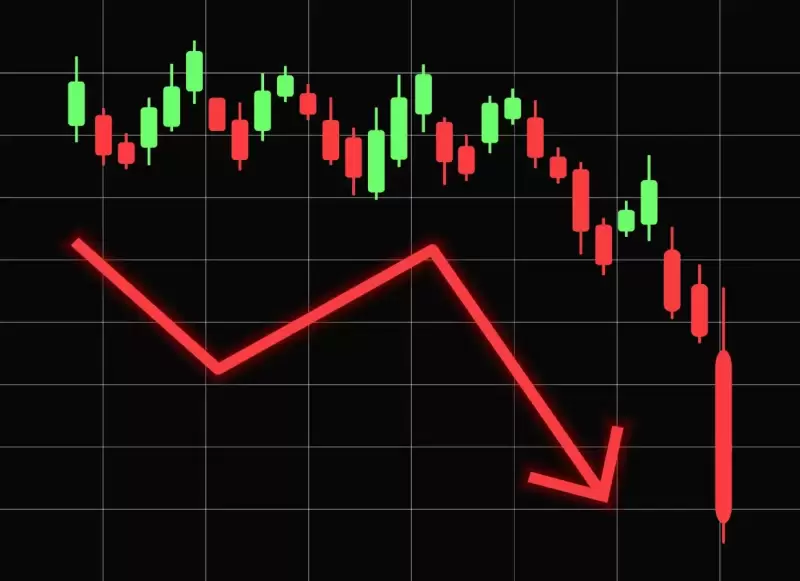酶定于4月28日至29日在迪拜参加Staking Summit。

Enzyme, previously recognized as the Melon Protocol, is a decentralized protocol engineered on Ethereum with the express purpose of on-chain asset management. It bestows upon users the capability to establish, oversee, and engage in investments through customized on-chain investment frameworks.
以前被认为是瓜协议的酶是一项在以太坊设计的分散协议,其明确的目的是链资产管理。它赋予用户通过定制的链上投资框架来建立,监督和参与投资的能力。
The Enzyme platform serves as a facilitator for diverse asset management operations, encompassing fund creation, investment applications, and transaction executions. To access the platform’s services, users bear a cost designated as the Asset Management Gas Unit (AMGU), levied in ETH. This fee converges into the Melon engine contract. The Enzyme Council DAO, functioning as a governing entity, possesses the authority to modify the AMGU price in response to prevailing network dynamics.
酶平台是各种资产管理运营,涵盖基金创建,投资应用程序和交易执行的促进者。为了访问平台的服务,用户承担了以ETH征收的资产管理气体(AMGU)的成本。该费用融合到瓜引擎合同中。酶委员会DAO充当管理实体,具有修改AMGU价格以应对现行网络动态的权力。
Enzyme’s native token, MLN, abides by a mint and burn paradigm. Annually, 300,600 MLN tokens are brought into circulation, and the method of distribution is decided via a voting procedure. The primary role of these tokens is to provide compensation to those maintaining and developing the platform. After accumulating ETH fees, the Melon engine contract proceeds to purchase MLN/ETH and subsequently burns the acquired MLN on a 30-day cycle.
酶的本地令牌MLN遵守薄荷并燃烧范式。每年,将300,600万代币传播,并通过投票程序决定分配方法。这些代币的主要作用是为维护和开发平台的人提供补偿。累积ETH费用后,瓜发动机合同开始购买MLN/ETH,然后在30天的周期中燃烧被收购的MLN。
免责声明:info@kdj.com
所提供的信息并非交易建议。根据本文提供的信息进行的任何投资,kdj.com不承担任何责任。加密货币具有高波动性,强烈建议您深入研究后,谨慎投资!
如您认为本网站上使用的内容侵犯了您的版权,请立即联系我们(info@kdj.com),我们将及时删除。




















































































